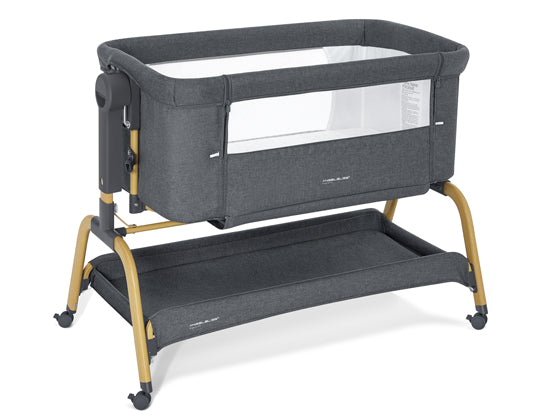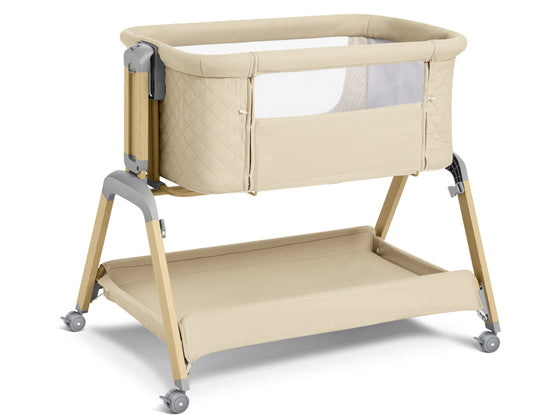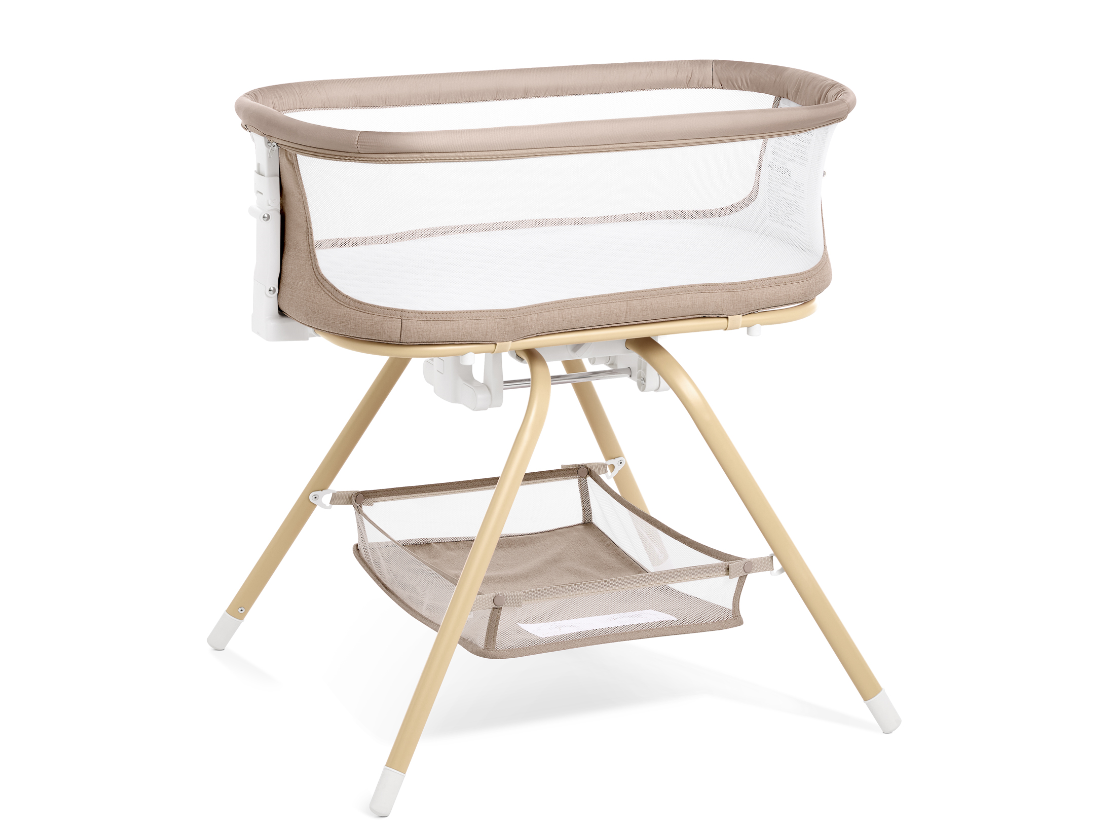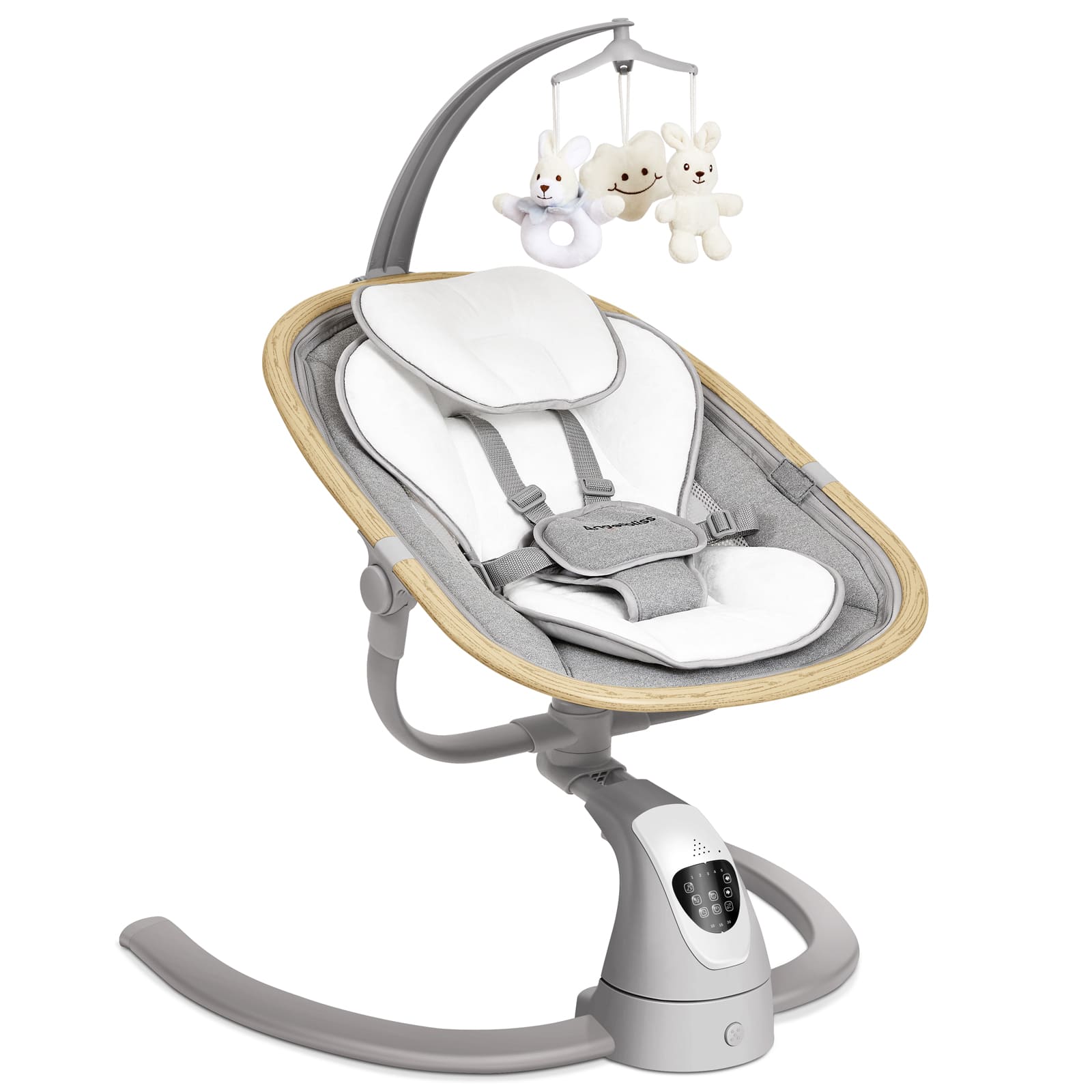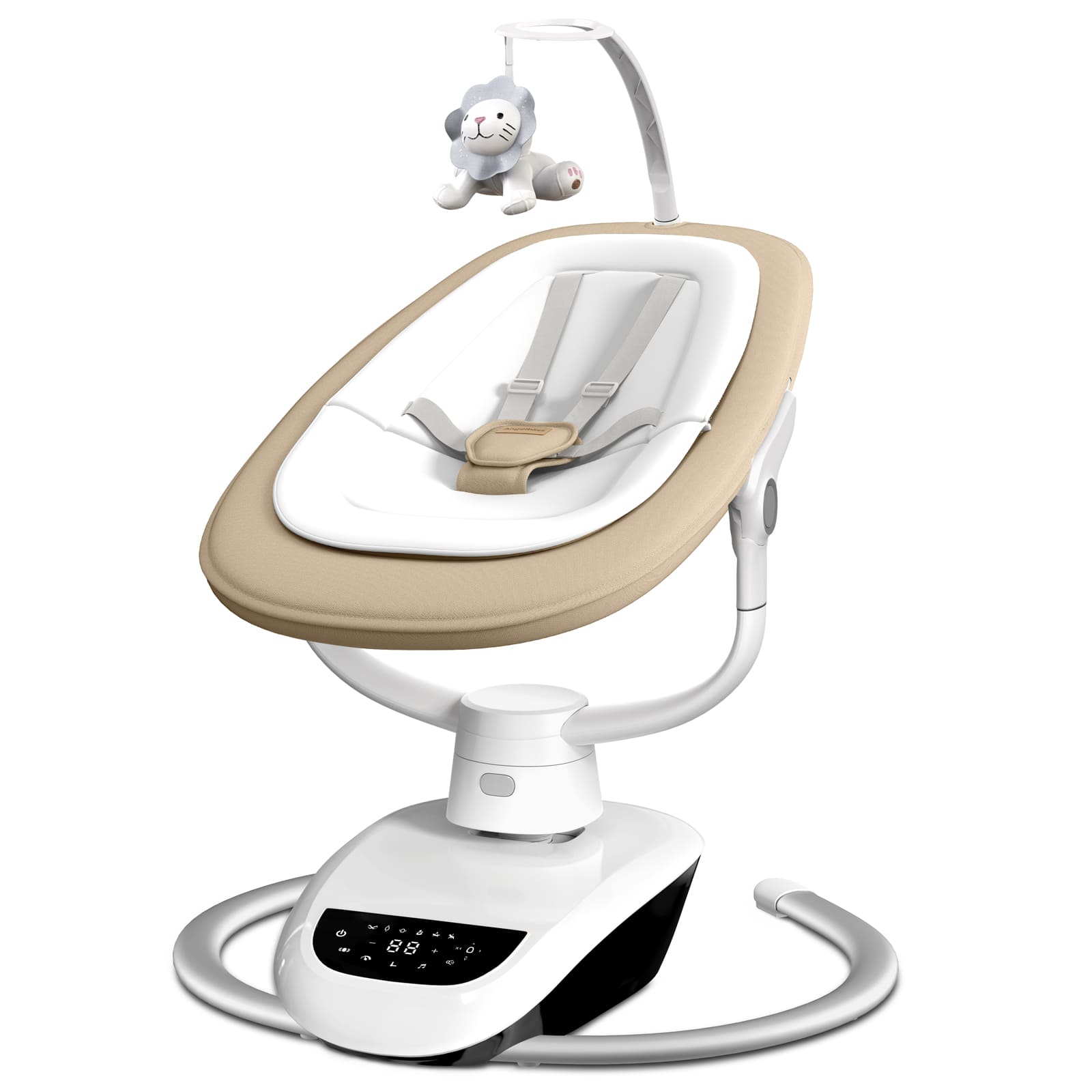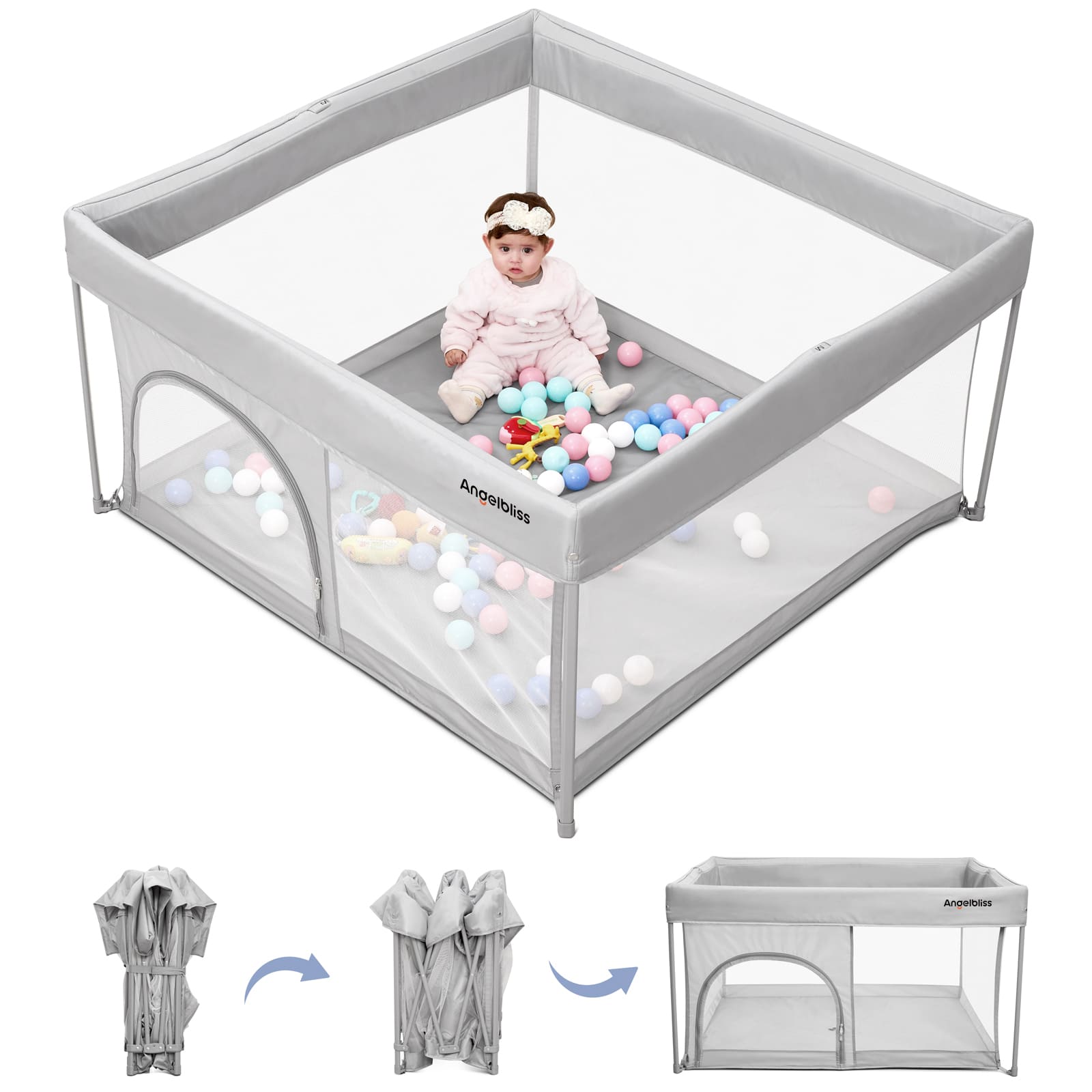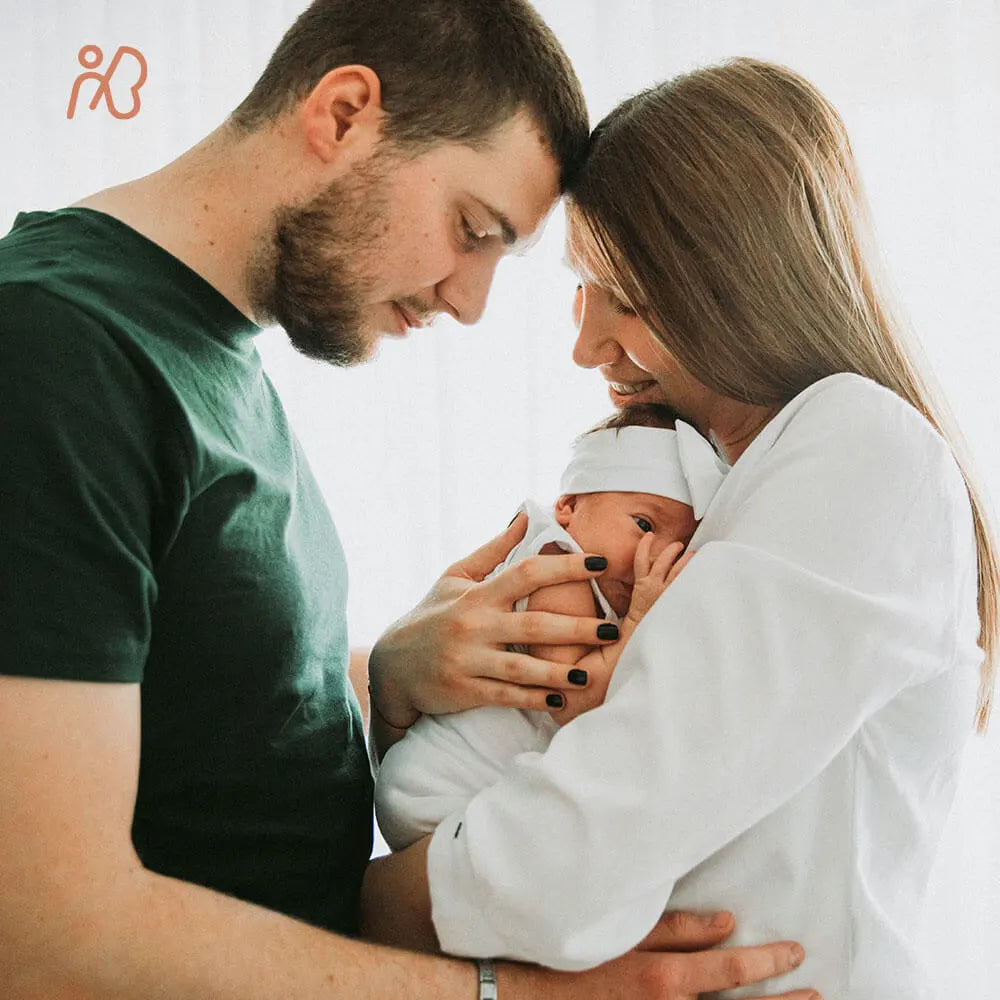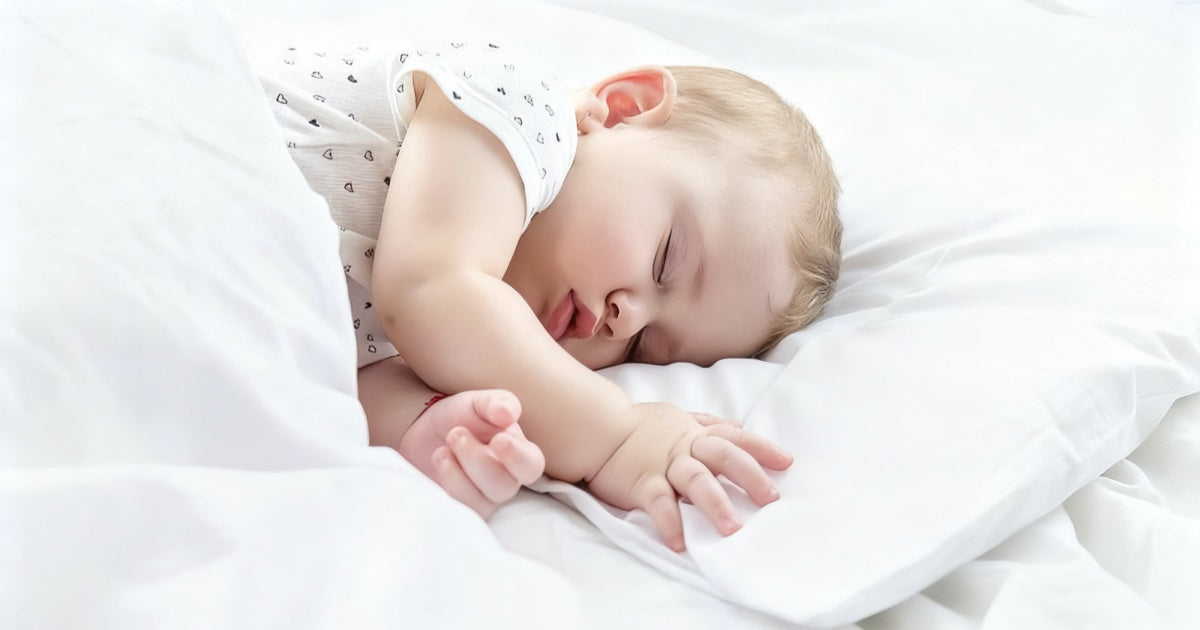When your little one is struggling with a stuffy nose, finding the best sleeping position for a baby with a stuffy nose quickly becomes every parent's top priority. Those tiny sniffles and congested cries can turn peaceful nights into restless battles, leaving both you and your baby exhausted. As parents, our instinct is to do anything to bring them comfort and ensure they can breathe easily, but when it comes to infant sleep, safety always comes first. This guide is here to help you navigate those challenging nights, providing evidence-based, safe, and effective strategies for helping your little one sleep comfortably and safely, focusing on the safest sleep positions and gentle relief tips.

1. Back is Always Best
Let's start with the most crucial piece of advice, a non-negotiable principle from the American Academy of Pediatrics (AAP): Always place your baby on their back to sleep for every sleep, every time. This unwavering recommendation applies whether your baby has a stuffy nose or not. It is the most effective way to reduce the risk of sudden infant death syndrome, or SIDS.
You might wonder, "But won't they choke if they're on their back with a stuffy nose?" This is a common and understandable parental fear, but rest assured, healthy babies have protective reflexes that prevent them from aspirating (inhaling) fluids when lying on their back. A baby's anatomy naturally safeguards their airway; their epiglottis and trachea are designed to protect against aspiration in the supine (back-lying) position. Even with congestion, their natural reflexes to swallow or cough up mucus are effective. Prioritizing back sleeping for babies is not just about comfort, but about ensuring the highest level of safety for your little one.
2. Debunking Stuffy Nose Sleep Myths: Positions to AVOID
In the quest for relief, it's easy to fall prey to well-meaning but unsafe advice. Let's clarify which positions and practices should be strictly avoided for your baby's sleep:
Side Sleeping: Not Recommended
While it might seem like a natural compromise, placing your baby on their side to sleep is unsafe; infants can easily roll from their side to their stomach, which is a high-risk position for SIDS. Always remember that supervised awake time on their side is vastly different from unsupervised sleep.
Stomach Sleeping: Strictly PROHIBITED
Putting a baby to sleep on their stomach carries the highest risk of SIDS. In this position, babies are more likely to re-breathe their exhaled air, which is high in carbon dioxide, and their airway can become obstructed on soft surfaces. Unless specifically directed by a medical professional for extremely rare, specific medical conditions (and always under strict supervision), never place your infant to sleep on their stomach.
Elevating the Crib/Mattress: A Common But DANGEROUS Practice
This is perhaps the most pervasive myth when it comes to stuffy noses. Many parents try to elevate one end of the crib mattress or use wedges and inclined sleepers, believing it will help drain mucus. However, experts from the AAP and the Consumer Product Safety Commission (CPSC) strongly advise against these practices.
Why Experts Advise Against It: Elevating the sleep surface creates an unsafe sleep environment. A baby can slide down into a "chin-to-chest" position, which can compromise their breathing even more. Additionally, it raises the possibility of becoming trapped or rolling into a dangerous position. There is no proven medical benefit for congestion relief, and some studies suggest it can even worsen reflux.
Items to NEVER Use: This includes sleep wedges, pillows, rolled towels, blankets placed under the mattress, or propping up crib legs with books. A safe sleep surface for your baby is always flat, firm, and clear.
Other Unsafe Sleep Locations
While car seats, swings, and bouncers are useful for awake time, they are not suitable for unsupervised sleep. The semi-reclined position can allow a baby's head to fall forward, compressing their airway. As quickly as possible, move your infant to a secure, level, and solid sleeping surface if they fall asleep in one of these gadgets. Consider a safe and comfortable bassinet from our collection at Angelbliss for peace of mind.

3. Effective & Safe Relief Strategies for Better Sleep
Now that we've established the golden rules of safe sleep, let's explore practical, safe, and effective methods to help your congested little one breathe easier and sleep more soundly (while still on their back!):
A Cool-Mist Humidifier
A cool-mist humidifier can significantly improve your baby's room. It makes it easier for your infant to breathe and clear their nasal passages by adding moisture to the air, which helps thin and loosen thick mucus. Place it near the crib but safely out of reach. Remember to clean the humidifier as instructed by the manufacturer to prevent the growth of mold and germs.
Saline & Suction
This is often a parent's best friend during the cold season.
Gentle Saline Nasal Drops/Spray: A few drops of saline solution in each nostril can moisturize the nasal passages and effectively loosen stubborn mucus. You can buy these over the counter or make your own with boiled water and salt (consult your pediatrician first).
Safe Suction Techniques: After using saline, carefully remove the loosened mucus with a bulb syringe or a nasal aspirator (such as the well-known NoseFrida). The best time to do this is before feeds and sleep, as it will clear their airways, allowing for more comfortable feeding and more restful sleep.
Steamy Bathroom Session: Natural Decongestant
Turn your bathroom into a mini-spa for your baby! To create a steamy atmosphere, run a hot shower. Sit with your baby (safely held or in a bouncy seat, away from the direct water stream) in the steamy bathroom for 10-15 minutes. The wet, warm air can naturally relieve congestion by breaking up mucus.
Hydration (For Age-Appropriate Babies)
It's critical to make sure your infant is well hydrated. For infants, this means continuing to offer breast milk or formula frequently. Small sips of water can also help thin mucus if your baby is older than six months, under the supervision of your pediatrician.
Clear the Nursery: Minimize Irritants
Keep your baby's sleep environment as free of dust, allergens, and irritants as possible. Regularly dust and vacuum, avoid strong-smelling cleaners, perfumes, or pet dander in their room, as these can exacerbate congestion. A clean, comfortable sleeping space, can make a significant difference.
4. When to Seek Professional Help
While a stuffy nose is often a common, mild ailment, parents need to know when to seek medical attention. Always trust your instincts!
If your child shows any of these warning signals, give your pediatrician a call:
Difficulty Breathing: Grunting, rapid breathing, flaring nostrils, and chest retractions (skin drawing in around the collarbone or ribs with each breath).
Fever: Especially if your newborn (under 3 months) has a fever. For older babies, any high or persistent fever warrants a call.
Bluish Lips or Skin: Get aid immediately; this is a medical emergency.
Lethargy or Extreme Fussiness: if your infant is really drowsy, hard to wake up, or extremely agitated.
Refusal to Feed: If congestion is making it impossible for your baby to feed adequately.
Worsening or Persistent Symptoms: If the stuffy nose worsens or doesn't improve after a few days.
Being cautious is always preferable to being sorry. Your pediatrician is your best resource for any health concerns.

5. Your Baby's Safe & Restful Sleep Journey
Navigating a stuffy nose can be tough for both parents and babies, but armed with the right knowledge, you can provide comfort while maintaining the highest safety standards. The most important lesson is still to always put your infant to sleep on their back, regardless of congestion. Combine this golden rule with safe and effective relief methods like humidifiers, saline, and gentle suction, and you’re well on your way to helping your little one achieve more restful sleep.
You're doing an amazing job, parents! Trust your instincts, prioritize safe sleep, and remember that these challenging nights will pass. For more resources on ensuring safe and comfortable sleep, explore the range of certified safe baby products and articles on Angelbliss.


